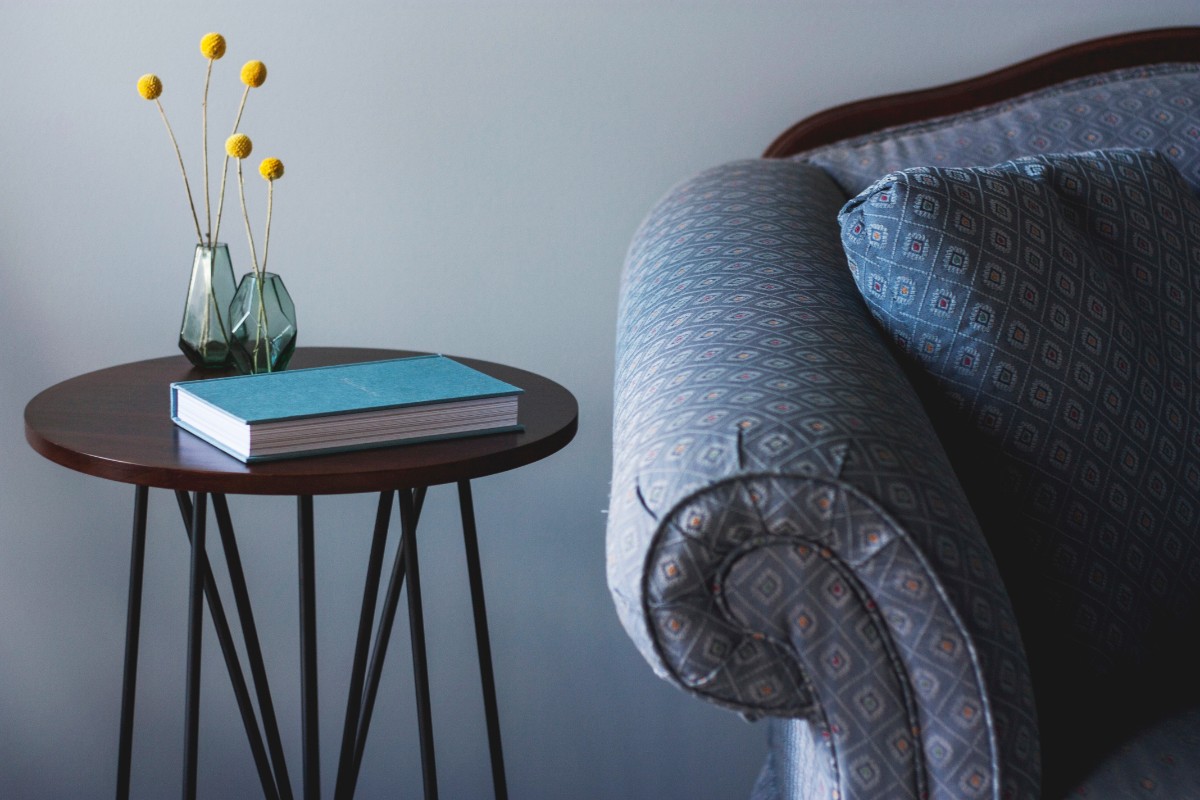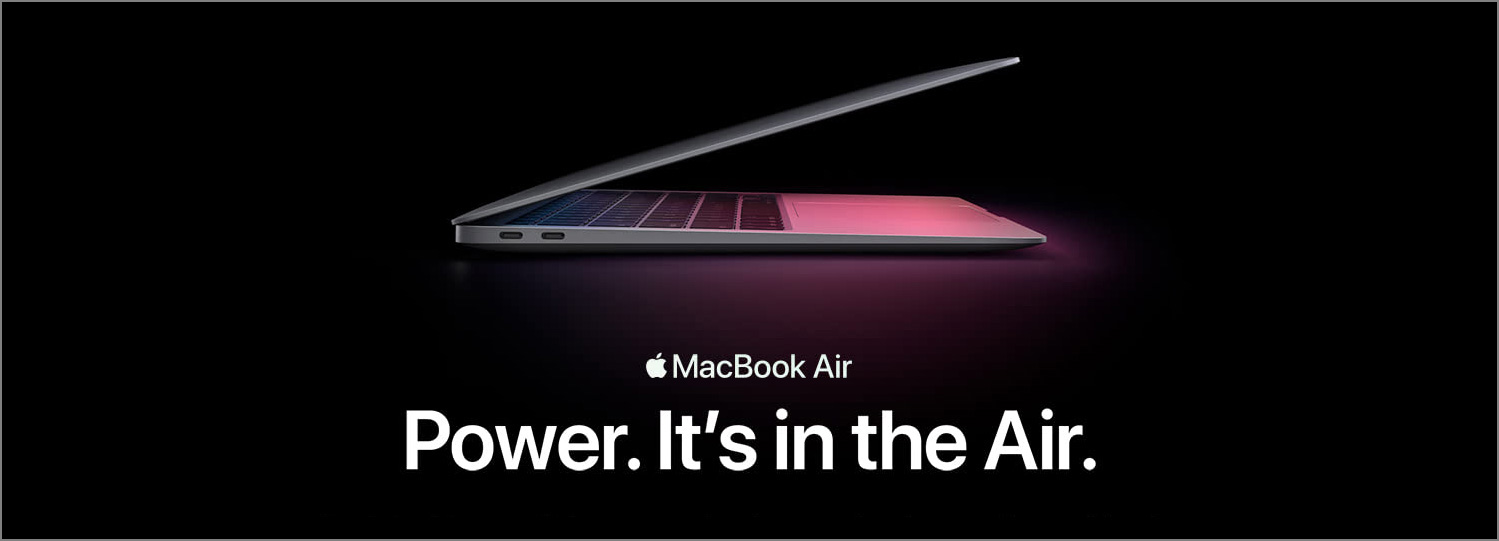If you want to design the best product or experience for your team, you might want to read Communicating the UX Vision by Martina Hodges-Schell and James O’Brien. It isn’t a book about design thinking, or user research, or interaction design, but a collection of anti-patterns that we designers often exhibit that prevent us from working in the most effective way with the team. Below are my learnings from the book and I’d like to share them with you.
From Individual Rock Star to Group Facilitator
We tend to think of design as a solo job. We dream about being the rock star, dazzling the users and the team with brilliant visuals and elegant interactions. This leads us to invest time and energy developing hard skills and craftsmanship while ignoring soft skills and the collaboration part that’s so needed in design.
The really good product designers are also excellent group facilitators. They understand that creating an amazing product is a team sport: Stakeholders need to be involved, and their voices need to be heard. When everyone in the team feels a sense of ownership and buys into the the product we design, our work can progress more smoothly.
This shift of mindset from the individual to the group is my most important take-away from the book. Instead of shutting ourselves off and working alone, aim to understand and empathize with non-designers in the team, engage and involve them through group design techniques, and maintain good relationships with them throughout the project.
Understand and Empathize with Stakeholders
Designers are trained to empathize with users. Equally important is the understanding of stakeholders. As is discussed in the book, stakeholders have their own KPIs and are motivated by their own professional goals and personal desires. If design can’t help them achieve their KPIs, it’ll be difficult for us to gain their support, and we could even encounter resistance. To get to the underlying values and goals of our colleagues, one technique mentioned by the book is 5 whys — asking the why question 5 times.
The book also talks about the context imbalance that so often happens during design reviews. Because stakeholders are not always closely following the design process, when presenting our deliverables, remind them of the background and context so everyone will be on the same page.
Speaking different languages can also create chaos and confusion while we are working with non-designers. It’s better for the whole team to agree on the names of concepts and the terms used early on, and stick to them throughout the project.
Get Stakeholders Involved
Unheard voices can wreak havoc, the book cautioned.
This is where group design techniques come in to ensure that stakeholders’ voices and thoughts are heard and captured early in our designs. These techniques include group activities such as crafting an elevator pitch, creating a cereal box for our product, or storyboarding together.
Engage with stakeholders on a consistent basis, and think about what kind of response we’ll need from them at which stage of the project. Highly polished mockups aren’t always the best. Use the right deliverables at the right time to elicit the right response.
If other people within the team are shutting themselves off, reach out to them proactively to break the silos.
Maintain Positive Relationships Throughout the Project
Relationships with stakeholders, once damaged, can be hard to repair. That’s why the book suggests we stay flexible and build positive relationships with stakeholders throughout the project.
Because conflicts of opinions inevitably will arise, we need to learn when to concede, and only fight battles that are worth fighting and do that with grace. If we try to win every fight and fail to accommodate the goals of the business, the business can lose trust in design and stop engaging with us.
Expect imperfections and avoid getting agitated when challenged. Structure asset in a way that’s easy to mix and match so we can change and adapt our designs more easily.
One thing that’s repeatedly mentioned in the book is broadcasting and communicating goodwill. During hard conversations, remind ourselves that everyone in the team has their best intentions at heart for the project. Take a break and reset when necessary, and help others save face when possible.
Final Thoughts
Product design is a team effort. If we want to navigate our projects well and have a bigger impact, we need to level up our soft skills. Reading this book will give us the paradigm shift much needed to continue to grow and mature as product designers. I highly recommend it.


